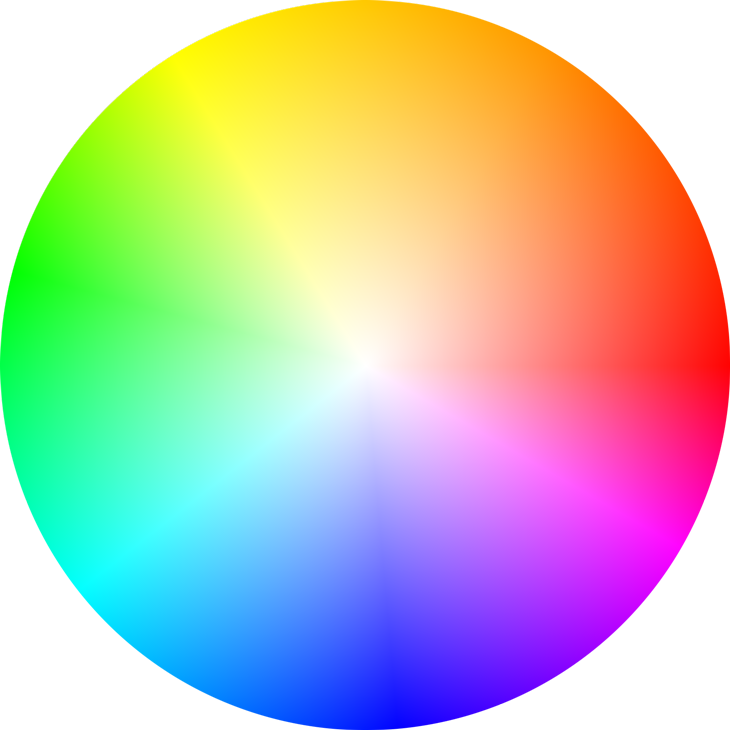
LOGIC + AWKWARDNESS = ME

Logic: Besides the visual arts, I also like math and sciences (though I may not be good at it). I love geometric and mechanical diagrams, blue prints and especially the intricate parts of machineries. These are represent by a drawing of a tank, with its complex design at the wheels. There are also some labelled diagrams of some scientific equipment at the background to frame the tank.
Medium: Pen and marker

Awkwardness: I can be uncomfortable and awkward in certain social situations, especially when meeting a big group of new people. Hence, I thought the multiplication of awkward faces and expressions throughout the square would accurately represent my insecurities, self consciousness and discomfort during these situations.
I had fun drawing all these faces. I could draw the facial features in any way I liked, and most of them turned out looking really peculiar and ‘derpy’!

Me: For the past few years, my friends in school always said I looked like a giraffe – tall, elongated. Hence I used giraffe to symbolize myself. I also applied the cubist technique to represent the logical, technical aspect of me.
Colour scheme: Monotone
I am a person who prefers dull, cool and dark colours, and therefore I used a monotonous colour scheme to represent my avoidance of bright (neon?) colours.
Medium: Pen and marker
RANDOMNESS + CHAOS = A BETTER ME



Randomness: I often have random, bizarre thoughts and ideas floating around my head.
Reference to Dali Atomicus, a photograph by Salvador Dali. This work consists of both animate and inanimate object flying in mid-air. I added more objects into the composition to further emphasize its randomness, as well as the dynamics, movement and suspense.


Chaos: My workspace is always messy. This chaos is represented by Jackson Pollock’s Autumn Rhythm. The strokes of paint are placed close to one another and multiplied throughout for a messy feel. I also added acrylic paint in a random fashion to create some rough textures.

A Better Me: Joan the Giraffe in paradise. In this square, I’m in my own comfy environment, in a sort of organised chaos. A very bright, unnatural lighting is applied to maintain the bizarre, imaginative feel, and the juxtaposition of objects and the clear blue sky contributes to the surreal effect of the picture.
Colour Scheme: Triadic
CURIOSITY + INSPIRATION = AN IDEAL ME


Curiosity: Curiosity kills the cat. A closed up fill frame of a cat’s face. To further emphasize my thirst for discovery, I photoshopped a portrait of Albert Einstein, an icon of invention, in the reflection of the cat’s eyes.

Inspiration: My inspiration for my works come from other artists’ works. For this square, I combined the works of three of my favourite surrealists – Salvador Dali’s moustache, Rene Magritte’s man with an apple and MC Escher’s orb.



This composition is very balance as the orb is placed in the centre of the square. The colour scheme used is analogous (yellow and green) and the tones are soft and of low saturation.


An Ideal Me: The background of this image is the album cover of the Imagine Dragons’ Night Vision, which I found very suitable for my composition. The broken pieces of rock act as ascending platforms, suggesting an increase in knowledge and status towards success. An ideal me, would be to be a successful artist who is able to effectively connect with my viewers through my artwork. For example, I find an interactive piece of art or advertisement very engaging and as a viewer, I am able to effectively get the message and at the same time enjoy myself. An ideal version of me would be able to achieve something like that through years of hard work and a significant improvement in abilities.
SPONTANEITY – WORKLOAD = ME IN 5 YEARS


Spontaneity: Spontaneity is defined as the occurrence of an action or performance as a result of a sudden impulse. To me, spontaneity is a very intense, combustible emotion that is closely associated with passion and drive. Naturally the first colour that came into my mind was red, the colour of fire and blood.
This square is a collage of very bright, vibrant colours. The background was originally a silhouette of a tree, but photoshopped to for harsher lines and shapes.
Workload: In most stages of life, there will always be workload. Be it school assignments, projects, or office work, they will always be a source of stress.
The heavy rocks in this square are representative of these burdens.
Colour Scheme: Analogous (red, blue, purple background). These colours are quite intense on its own and hence when I try to blend them together using watercolour, there is a sense of force and pressure as the colours clash.
Medium: Pen, marker and watercolour
Me in 5 Years: In 5 years’ time, I would like to be a more spontaneous person. Without the stress of the workload that is pulling me down, I would like to have the freedom of exploring different parts of the world. Some of these places include Greece, Maldives, and the Bahamas. For this square I decided to portray myself as a combination of a giraffe and a mermaid (meraffe?), basking in the sunset in the Bahamas.
Medium: Pen and watercolour







 Yellow – Colour of sunshine and happiness. Associated with joy, positive energy and intellect.
Yellow – Colour of sunshine and happiness. Associated with joy, positive energy and intellect. Blue – Coolest colour, the colour of the skies and the seas. Symbolizes truth, wisdom, loyalty, confidence, faith and the clarity of mind. Blue has a cooling effect on the body and mind, giving one a sense of tranquility. It is also a masculine colour that is associated with stability, depth and expertise and hence is highly accepted by males.
Blue – Coolest colour, the colour of the skies and the seas. Symbolizes truth, wisdom, loyalty, confidence, faith and the clarity of mind. Blue has a cooling effect on the body and mind, giving one a sense of tranquility. It is also a masculine colour that is associated with stability, depth and expertise and hence is highly accepted by males. Purple – A combination of blue and red. This artificial colour represents royalty, pride, power, nobility, luxury. Purple and sometimes used to symbolize wisdom, extravagance, creativity and magic. It is an eye-catching colour that has proven to attract the attention of most children and hence is often used in the advertising of children’s toys, especially dolls.
Purple – A combination of blue and red. This artificial colour represents royalty, pride, power, nobility, luxury. Purple and sometimes used to symbolize wisdom, extravagance, creativity and magic. It is an eye-catching colour that has proven to attract the attention of most children and hence is often used in the advertising of children’s toys, especially dolls. White – Represents purity, innocence, goodness and cleanliness. As opposed to black, it usually has a slightly more positive connotation. Often associated with angels, heaven and light. White is often used in the medical industry to represent sterility and cleanliness and in modern high technology devices to represent innovation and simplicity.
White – Represents purity, innocence, goodness and cleanliness. As opposed to black, it usually has a slightly more positive connotation. Often associated with angels, heaven and light. White is often used in the medical industry to represent sterility and cleanliness and in modern high technology devices to represent innovation and simplicity..svg/2000px-Flag_of_Afghanistan_(1880%E2%80%931901).svg.png) Black – Black symbolizes power, elegance, evil, mystery, strength and authority. It gives a sense of perception and depth. However, it can also be used to block out details of the background or surroundings to make the subject matter and its colours stand out. In art, black is also often used to create high contrast and distinction between objects.
Black – Black symbolizes power, elegance, evil, mystery, strength and authority. It gives a sense of perception and depth. However, it can also be used to block out details of the background or surroundings to make the subject matter and its colours stand out. In art, black is also often used to create high contrast and distinction between objects.




 Colours form a triangle in the colour wheel. For example: orange and green and purple, red and yellow and blue.
Colours form a triangle in the colour wheel. For example: orange and green and purple, red and yellow and blue.
 A variation of the complimentary colour scheme. In addition to the base colour, it uses the two colours adjacent to the complement.
A variation of the complimentary colour scheme. In addition to the base colour, it uses the two colours adjacent to the complement. 
 Uses four colours that form a rectangle in the colour wheel; consists of two pairs of complimentary colours. A rich colour scheme that allows plenty of room for variation. One can play around with all four colours, warm and cool.
Uses four colours that form a rectangle in the colour wheel; consists of two pairs of complimentary colours. A rich colour scheme that allows plenty of room for variation. One can play around with all four colours, warm and cool. 
 This colour scheme is similar to the rectangle, but with all four colours equally spread out in the colour wheel. Similarly, this allows plenty of variations and possibilities in the arrangement of warm and cool colours. The square colour scheme works best if one colour is made dominant.
This colour scheme is similar to the rectangle, but with all four colours equally spread out in the colour wheel. Similarly, this allows plenty of variations and possibilities in the arrangement of warm and cool colours. The square colour scheme works best if one colour is made dominant. 